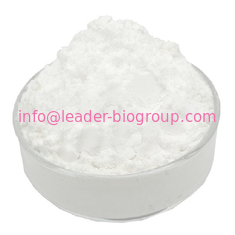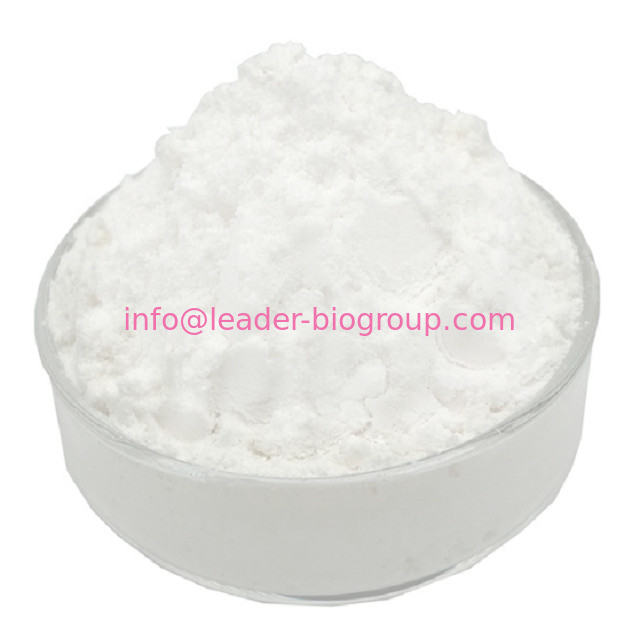| |
| Tropolone Chemical Properties |
| Melting point |
50-52 °C (lit.) |
| Boiling point |
80-84 °C/0.1 mmHg (lit.) |
| density |
1.1483 (rough estimate) |
| refractive index |
1.5286 (estimate) |
| Fp |
>230 °F |
| storage temp. |
2-8°C |
| solubility |
40.9g/l (experimental) |
| pka |
6.7(at 25℃) |
| form |
Crystalline Powder |
| color |
Off-white to cream-beige |
| Water Solubility |
Soluble in water. |
| Sensitive |
Hygroscopic |
| BRN |
1904978 |
| CAS DataBase Reference |
533-75-5(CAS DataBase Reference) |
| NIST Chemistry Reference |
2,4,6-Cycloheptatrien-1-one, 2-hydroxy-(533-75-5) |
| |
| Tropolone Usage And Synthesis |
| Seven-carbon ring compound |
Tropolone, also known as tohenone and 2-hydroxygenone, is a kind of seven-carbon ring compound, which is weakly acidic and has the properties of aromatic compounds, double bond and weak ketone. There are more than ten kinds of compounds known in nature containing seven-carbon rings:
- Hinokitiol, as a red iron complex, is found in cypress wood in Taiwan.
- Alpha- and gamma-thujapricin (β-body is the same as hinokitiol) are found in cypress and coniferous plants. It acts as an antibacterial agent to the wood for anticorrosion
- α- body and β-body also exist in the cypress essential oil. Stipitatic acid (6- hydroxyaryl heptanone-4-carboxylic acid) is the metabolite of penicillium, and has an antibacterial effect.
- Purpurogallin, as glycoside, is found in the galls of mistletoe plants and can be used as a phenol oxidase test.
- As nootkatin of the nootka heartwood and subalkaloids of colchicine and the like of colchicum used as inhibitor.
According to the properties of the compounds above, the scientists speculate that tocophenone plays an important role in the metabolic process of living components. It wss Japanese scientists Tetsuo Nozoe who first paid attention to tropolone in 1936 when he was researching hinokitiol, while the work in Europe and the United States started from the structure of stipitatic acid and colchicine, going further after 1950. |
| Uses |
Known as pyrrole pesticide, acaricide with new structure, it has been proved to have good biological control effect on boring, piercing-sucking and chewing insects and mites, better than cypermethrin and cypermethrin. Also its acaricidal activity is stronger than dicofol and tricyclic tin. This agent is characterized with the following: broad-spectrum pesticide and acaricide; both stomach poisoning and contact toxicity; no mutual resistance with other pesticides; moderate residual activity in crops; selective and systemic activity in nutrient solution absorbed by root system; moderate oral toxicity and lower dermal toxicity to mammalian life; low effective spray rate (100g active ingredient / hm2). Its significant insecticidal, acaricidal activity and unique chemical structure has received widespread attention and attention. |
| Toxicity |
The acute oral toxicity LD50 in rats was 459 mg / kg (female) , 223 mg / kg (male) and (662 mg / kg, rat). The acute dermal toxicity LD(50) in rabbit was no less than 2000mg/kg. There was mild irritation to the eye of rabbits. LC50 in Japanese carp is 0.5mg / L (48h) . An improved test and hamster ovary test, done by Ames, showed no mutations had been caused. Japanese carp LC50 is 0.5mg / L (48h) |
| Chemical Properties |
White to light yellow crystalline |
| Uses |
Reagent for the preparation of fused heterocycles1 and complexes of Ga(III) and In(III).2 Used as medicine and dye intermediates. |
| Uses |
Tropolone is a sensitive reagent for reducing sugars. A non-benzenoid aromatic compound, Reagent for the preparation of fused heterocycles and complexes of Ga(III) and In(III). |
| Purification Methods |
Crystallise tropolone from hexane or pet r and sublime it at 40o/4mm. Also distil it at high vacuum. [Beilstein 8 IV 159.] |
| |
| Tropolone Preparation Products And Raw materials |
| Raw materials |
Bicyclo[3.2.0]hept-2-ene, 6,6,7,7-tetrafluoro--->Cycloheptanone, 2-hydroxy--->1,3-Cycloheptadiene, 5,5,6,6-tetrafluoro--->1,4-Cycloheptadiene, 6,6,7,7-tetrafluoro--->Cycloheptatriene-->7,7-DICHLOROBICYCLO[3.2.0]HEPT-2-EN-6-ONE |
| Preparation Products |
CYCLOHEPTENE |
|
|
|
|

